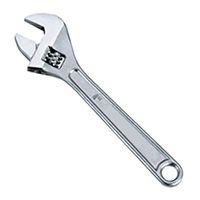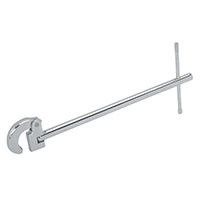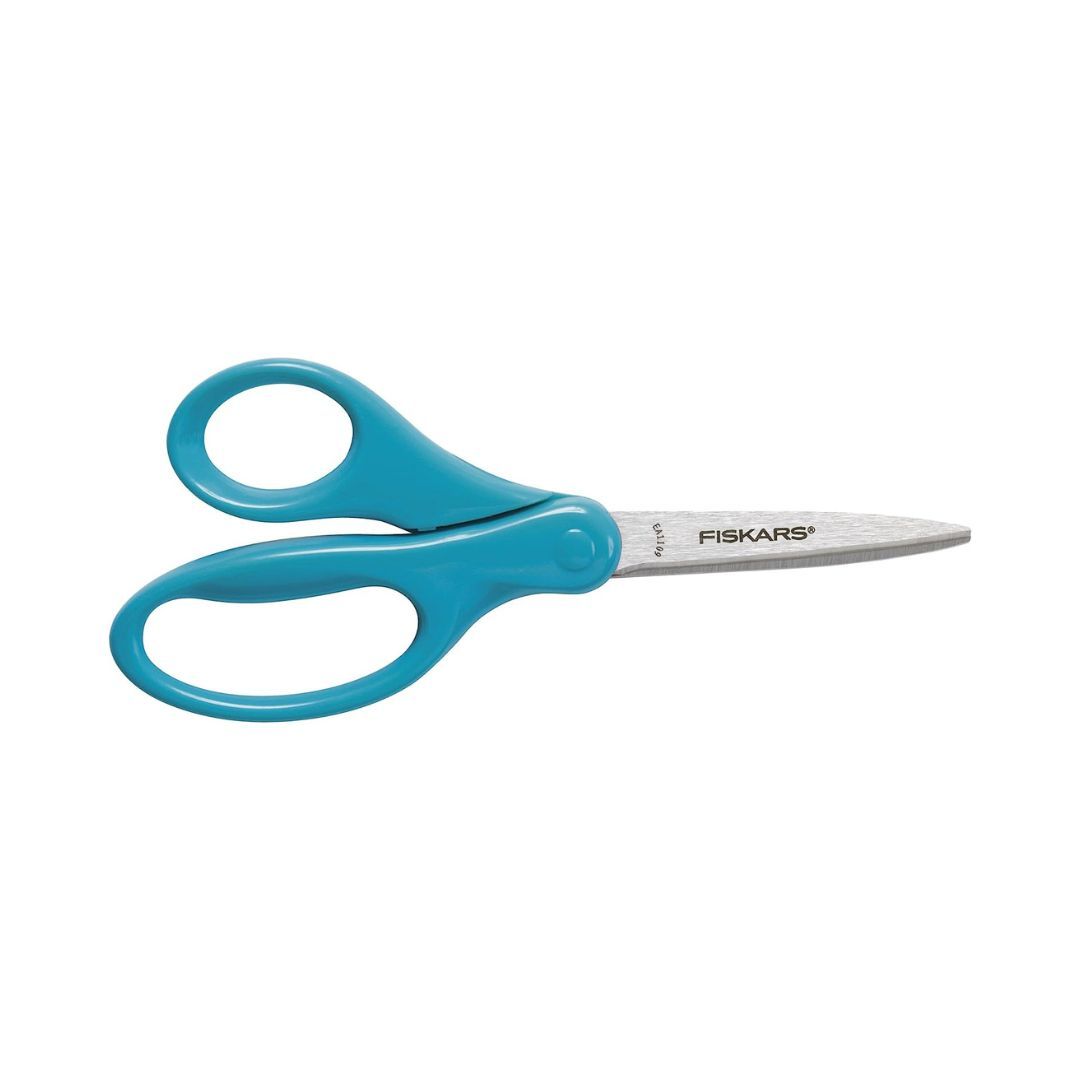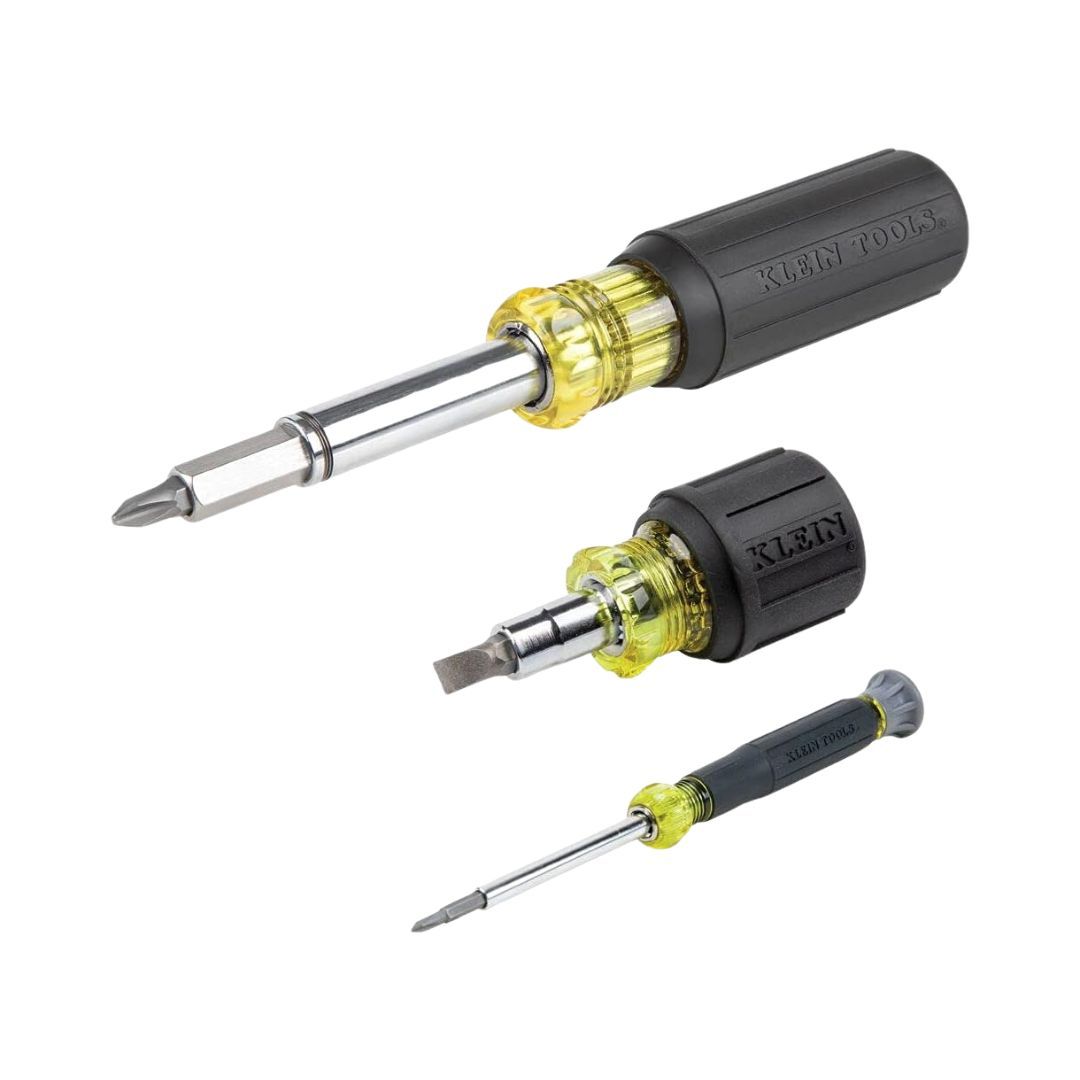Project details
Skill
Cost
Estimated Time
We may be compensated if you purchase through links on our website. Our team is committed to delivering honest, objective, and independent reviews on home products and services.
Installing a new kitchen faucet can breathe fresh life into your kitchen while improving its function. Many homeowners are capable of managing this project in just a few hours — though a plumber may be required for more complex jobs.
Here, This Old House plumbing and heating expert Richard Trethewey guides a homeowner through the process of replacing an old kitchen faucet with a modern pull-down model.
Preparing for a New Kitchen Faucet Installation
Gathering all necessary tools and materials before starting the installation process is crucial. Proper preparation will ensure a smooth and efficient faucet replacement.
Tools and Materials Needed
You’ll also generally need your new faucet kit and plumber’s putty.
Choosing the Right Faucet
Selecting the appropriate faucet for your kitchen is an important decision. Consider the following factors when making your choice.
- Budget: Faucets are available at various price points, from as little as $50 to several hundred dollars
- Features: Decide if you want additional functionalities like a pull-down sprayer or touchless operation.
- Sink configuration: Ensure the new faucet is compatible with your existing sink’s hole pattern. In most cases, your sink will have a single-hole, center set (three holes 4 inches apart), or wide-spread (three holes 6 to 16 inches apart) set-up.
- Style and finish: Choose a design that complements your kitchen’s aesthetic.
In the video above, the homeowner opted for a popular pull-down faucet design that integrates the spray function into the main spout.
Step-by-Step Kitchen Faucet Installation Process
Installing a new kitchen faucet involves several key steps. Richard breaks down the steps in the video, but the guide below can also help ensure a successful installation.
Step 1: Removing the Old Faucet
First, shut off the water supply to the faucet using the valves under the sink. Then:
- Disconnect the water supply lines from the shutoff valves.
- Use a basin wrench to loosen the nuts securing the old faucet to the sink.
- If present, cut the hose connecting the faucet to a separate sprayer using scissors.
- Carefully remove the old faucet from the sink.
Step 2: Preparing the New Faucet
Before placing the new faucet, it’s important to assemble its components correctly:
- Start with the gasket that goes directly underneath the faucet base.
- Place the cover plate over the gasket if your faucet includes one.
- Apply a generous amount of plumber’s putty to the underside of the cover plate.
- Ensure all hoses connected to the faucet are fed through the center hole of the sink.
Step 3: Installing the New Faucet
Once your new faucet is ready:
- Carefully position the new faucet on the sink, making sure all hoses pass through the designated hole.
- From underneath the sink, slide on the gasket, washer, and mounting bracket.
- Use a screwdriver to secure the mounting bracket to the sink, tightening it evenly.
- If your faucet has a pull-down sprayer, attach the provided weight to the spray hose to ensure proper retraction.
If your faucet has a retractable spray hose, adding a weight to the spray hose is essential. It ensures that the spray head retracts smoothly, providing an efficient and tidy appearance.
Step 4: Connecting Water Lines
Finally, you can put everything back together:
- Reconnect the hot and cold water supply lines to the appropriate shutoff valves.
- Ensure all connections are tight to prevent leaks.
- If your sink has an extra hole from a previous sprayer, consider installing a soap dispenser or using a cover plate to conceal it.
Dealing with Common Kitchen Faucet Installation Challenges
While installing a new kitchen faucet is generally straightforward, you may encounter some challenges along the way.
Limited Under-Sink Space
Working in the cramped area beneath the sink can be difficult. To make the job easier:
- Clear out the under-sink area as much as possible before starting.
- Consider enlisting a helper to pass tools or hold a light.
- Use a basin wrench for hard-to-reach nuts.
Corroded or Stuck Fittings
Old faucets may have corroded or stuck fittings that are difficult to remove. In such cases:
- Apply penetrating oil to loosen stubborn nuts.
- If fittings are severely corroded, you may need to cut them off with a hacksaw or oscillating tool.
- Use a pipe wrench with caution to avoid damaging the sink.
Mismatched Hole Configurations
If your new faucet doesn’t match the hole configuration of your sink:
- Consider installing accessories like a soap dispenser or filtered water tap in unused holes.
- For sinks with too few holes, consult a professional about the possibility of drilling additional holes. Or you can return the faucet you purchased and buy the correct type.
- Use the cover plate provided with most new faucets to hide extra holes.
Finishing Touches and Kitchen Faucet Testing
After installation, a few final steps will ensure your new faucet functions properly and looks great.
- Wipe away any excess plumber’s putty that may have squeezed out during installation.
- Clean the sink and surrounding area to remove any debris or fingerprints.
- Dispose of old parts and packaging materials responsibly.
Then it’s time to test out the new faucet:
- Turn the water supply back on at the shutoff valves.
- Run both hot and cold water to check for leaks and proper flow.
- Test all faucet functions, including the spray feature if applicable.
- Adjust the faucet’s position if necessary for optimal performance and appearance.
Additional Considerations for a New Faucet
Beyond the basic installation steps, several other factors can influence the success and convenience of your new faucet installation.
Integrated Features
Modern faucets often come with integrated features, such as touchless technology or built-in filtration systems. These features can add significant convenience but may require additional installation steps. Be sure to follow the manufacturer’s instructions for these advanced features, or consult a professional if it feels beyond your capabilities.
Water Pressure
Ensure that your new faucet is compatible with your home’s water pressure. Different faucets are designed for varying pressure levels, and installing an incompatible model can lead to suboptimal performance.
Warranty and Maintenance
Many new faucets come with manufacturer warranties. It’s important to understand the terms of your warranty and what maintenance is required to keep it valid. Regular cleaning and proper use of the faucet will ensure it stays in top condition for years to come.
Maintaining Your New Faucet
To keep your new kitchen faucet in top condition:
- Avoid using abrasive cleaners that could damage the faucet’s finish.
- Check periodically for leaks and tighten connections if needed.
- Clean regularly with a mild soap solution to prevent buildup of mineral deposits.
Regular maintenance helps keep the faucet looking new and functioning smoothly.
In colder climates, seasonal maintenance can prevent potential problems. Insulate exposed pipes to avoid freezing and ensure that outdoor faucets are winterized. These proactive steps can extend the life of your plumbing system.




